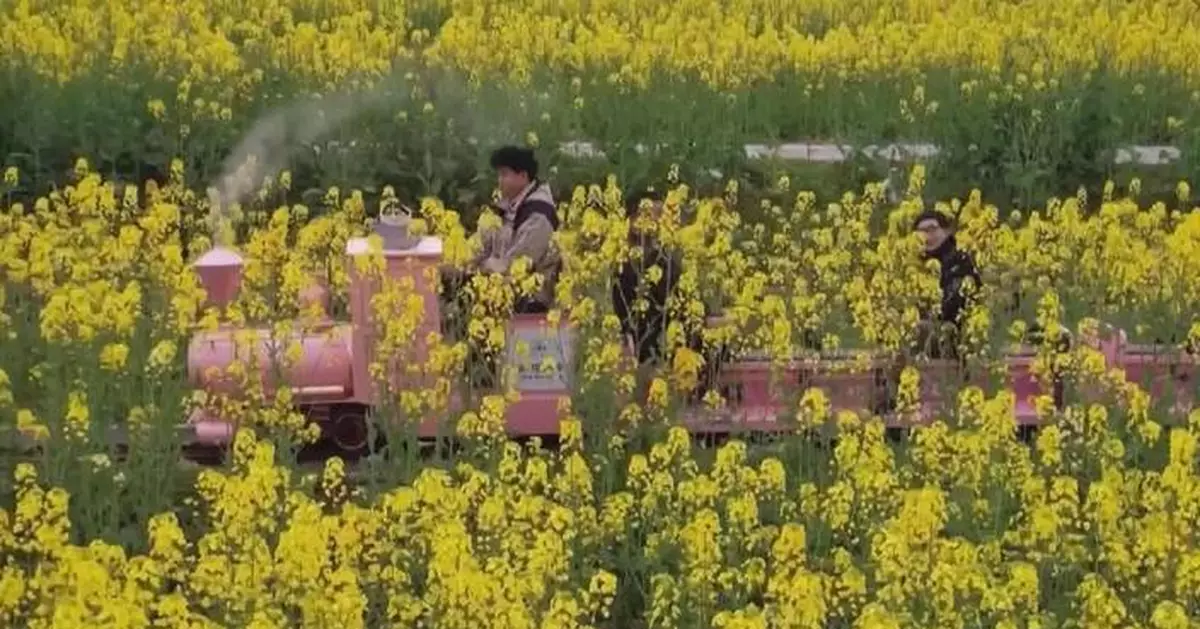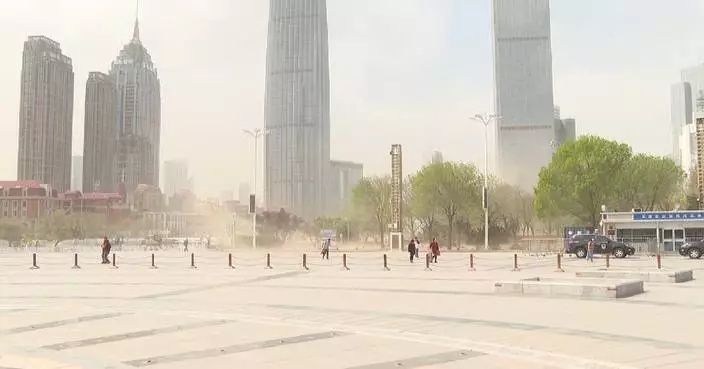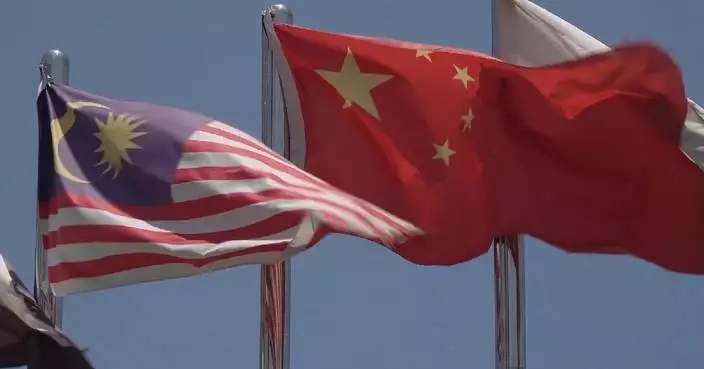Villages and towns across China have leveraged their ecological, cultural and historical advantages to promote tourism as part of their efforts to advance rural revitalization.
In Liming Ancient Village, southwest China's Chongqing Municipality, rapeseed flowers are in full bloom.
The combination of the golden sea of flowers and the traditional residential houses has attracted many tourists to the village.
Visitors stroll along the paths lined with blooming flowers, or ride a mini train through the rapeseed fields, to get pleasure from the spring season.
"It is very comfortable to ride trains shuttling through the rapeseed flowers. Spring is in the air," said Liu Dan, a tourist.
"Residential houses in Liming Ancient Village are well-arranged and clean, and the rapeseed flowers are beautiful," said Yang Yongsheng, another tourist.
In Gongzhuang Village, north China's Hebei Province, apricot trees are in full bloom along the Great Wall.
The coupling of the natural beauty and the ancient wonder has become a popular photo spot.
"In addition to seeing apricot blossoms, tourists can also climb the Great Wall. People can not only explore the history, but also view spring flowers blooming all over the mountains. It is really a rare experience," said Yang Yongsheng, a tourist.
In recent years, Gongzhuang Village has transformed itself into a popular tourist destination during the spring season by taking advantage of apricots and other natural resources, and improved its living environment.
"We work to make more people know the natural beauty of Gongzhuang, thereby driving up the business of the catering, accommodation and other industries in the village. We also use festivals to showcase the village's traditional culture and folk customs, so as to help promote agricultural products, and boost rural tourism," said Feng Mingxiao, secretary of Communist Party of China (CPC) branch at Gongzhuang Village.
During the ongoing three-day Qingming Festival holiday, Wanglinpo Village, east China's Shandong Province, has welcomed more than 10,000 vacationers each day, as it offers them a chance to connect with the past in a meaningful way.
The village not only recreates scenes of an old Chinese village, where corn cobs are hung out to dry in bundles and stone grinders are used, but also enables visitors to experience more than 10 traditional folk crafts.
"I was born in the 2000s. I have never seen this kind of traditional craft before, and I don't know the production process. This experience is very novel, allowing me to learn a lot about traditional folk crafts. It is very interesting," said Wang Zengrui, a tourist.
About one year ago, old houses were seen everywhere which had been idle for many years.
The CPC branch at Wanglinpo Village has used the houses to recreate traditional agricultural life, not only providing villagers with an extra source of income, but also attracting urban dwellers to experience rural life, traditional crafts, and traditional culture. "We have decorated and renovated old houses while maintaining its traditional appearance. Our purpose is to spark feelings of nostalgia amongst tourists who stroll around the old houses and streets," said Wang Hongjun, secretary of CPC branch at Wanglinpo Village.
Also during the Qingming Festival holiday, Baoan Town, central China's Hubei Province, has entertained travelers with nighttime performances.
The show displays local customs and culture in 16 fascinating settings, which integrate peach blossoms, where the town is famous for, and advanced stage lighting. "I often watch videos about the performance, and I have always wanted to experience it in person. After seeing the show on-site, I feel that I want to see it again," said a tourist.
The village's efforts have partly paid off.
During the three-day holiday, it received nearly 10,000 tourists a day, generating daily revenue of more than 700,000 yuan (about 96,311.25 U.S. dollars).

China promotes village tourism to advance rural revitalization




















































